When people talk about protecting nature, forests and mountains usually get top billing.
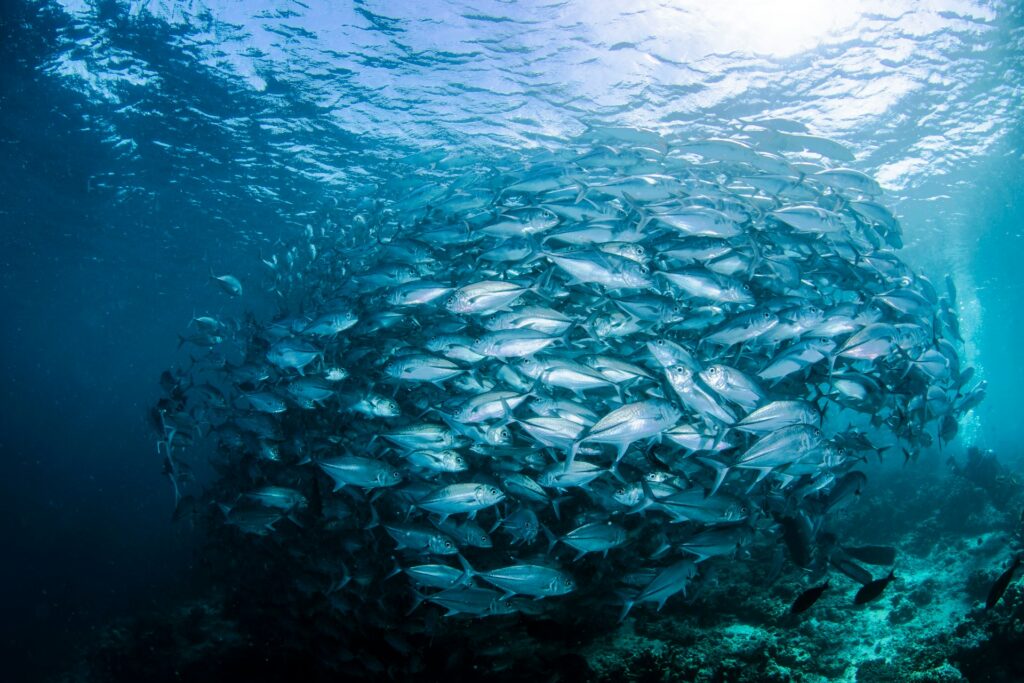
However, the ocean—which covers more than 70% of our planet’s surface—is just as vital, if not more so. It provides food, regulates global temperatures, produces most of the oxygen we breathe, and supports the livelihoods of billions. Yet for all its importance, the ocean is under relentless pressure. From overfishing and habitat destruction to pollution and climate change, marine ecosystems are struggling to keep up. That’s why Marine Protected Areas (MPAs) have become a cornerstone of modern conservation.
MPAs are zones in the ocean where certain human activities are limited or completely restricted to help safeguard marine life and habitats. They come in various forms—from partial protection where some fishing or tourism is allowed, to full no-take zones where all extractive activities are banned. The ultimate aim is to give marine ecosystems the breathing space they need to recover, thrive, and continue supporting life on Earth. And when they’re done right, they’re among the most effective tools we have to help marine biodiversity bounce back.
Why marine protected areas are needed now more than ever
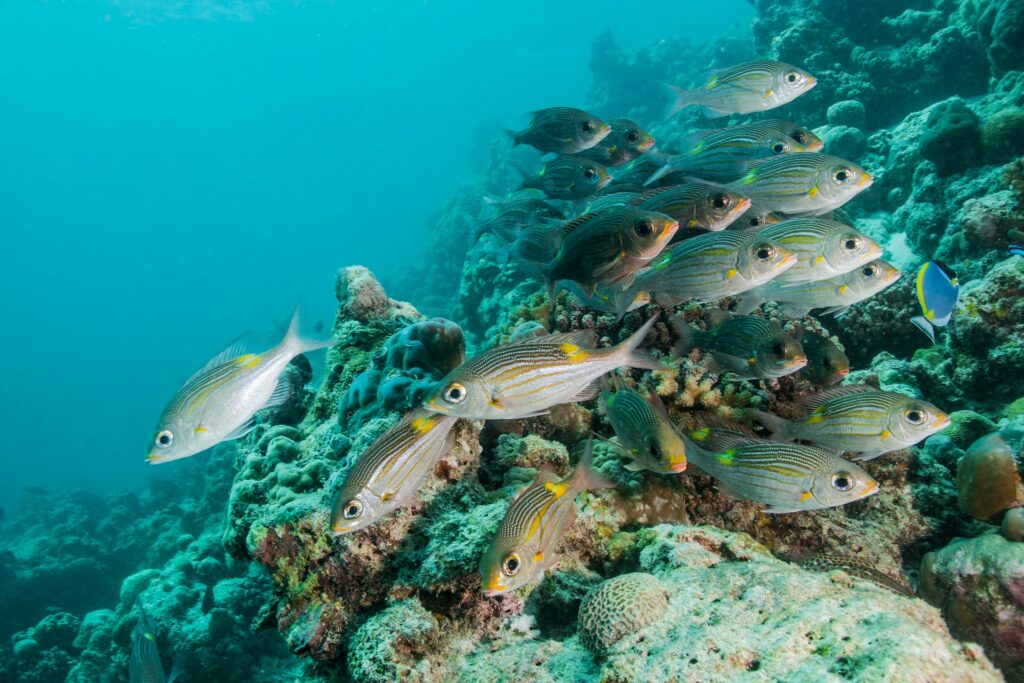
The ocean has long been seen as too vast to damage. But decades of unsustainable practices have proven otherwise. Industrial-scale fishing has depleted fish stocks, coral reefs are bleaching due to rising sea temperatures, and plastic waste has infiltrated even the most remote waters. According to the Intergovernmental Science-Policy Platform on Biodiversity and Ecosystem Services (IPBES), marine biodiversity is declining faster than at any time in human history. Almost one-third of reef-forming corals, marine mammals, and sharks are now threatened with extinction.
These spaces act as sanctuaries. When certain activities are scaled back or stopped altogether, marine ecosystems get the chance to restore their natural balance. Fish populations increase in number and size. Coral reefs regenerate. Marine food webs become more robust. Nearby areas also benefit due to the spillover effect, where thriving populations inside MPAs help replenish those outside.
A review of global MPA effectiveness found that well-managed protected areas can boost marine life biomass by more than 400% compared to adjacent unprotected waters, according to National Geographic. They can also help ecosystems weather the impacts of climate change, buying precious time for adaptation as ocean conditions continue to shift.
Protecting ocean areas isn’t just about wildlife. It also supports the health of coastal communities who rely on fisheries and tourism. MPAs can ensure long-term food security, stabilise jobs, and buffer coastlines from storm surges and sea-level rise.
What makes an MPA truly effective?
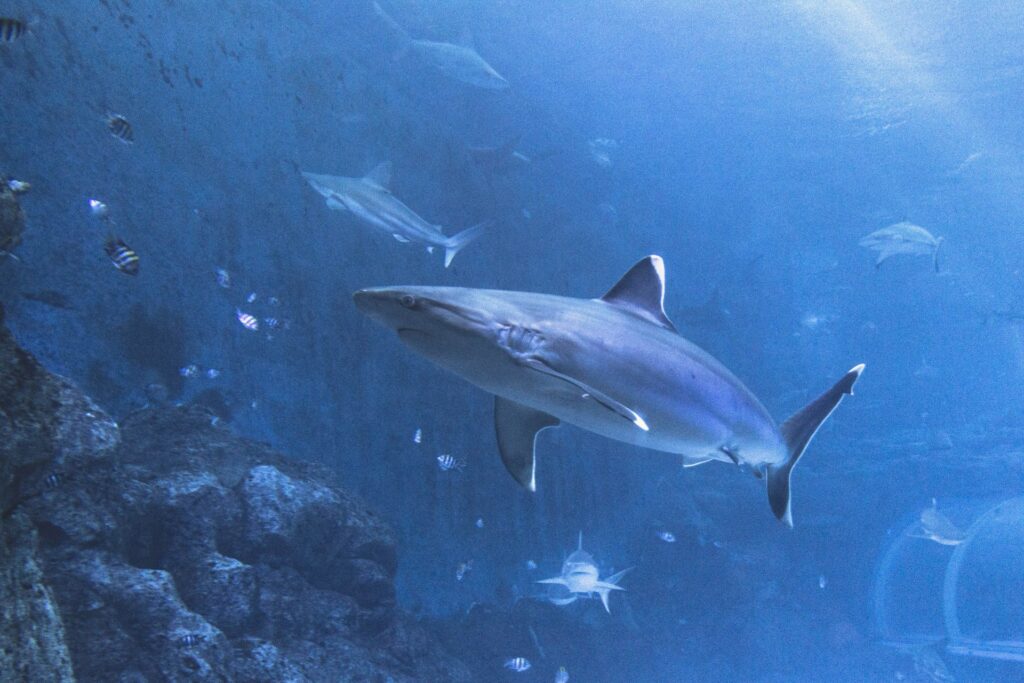
Not all MPAs are equal. Some exist mostly on paper, offering little to no real protection due to weak rules, poor location, or lack of enforcement. Others are small or fragmented, offering limited ecological value. To make a genuine impact, they need to tick a few key boxes:
Strong protection levels: Fully protected areas (also known as no-take zones) tend to have the most dramatic ecological benefits. Areas that allow some fishing or industrial use see far less recovery.
Strategic size and placement: Large MPAs that cover important breeding grounds, migration routes, or biodiversity hotspots are more effective than small, isolated patches.
Good governance and enforcement: Rules are meaningless without monitoring and enforcement. This requires funding, staff, and community support.
Long-term stability: Ecological recovery takes time. MPAs must remain protected long enough for ecosystems to return to health.
One influential study, known as the NEOLI framework, found that MPAs with at least four of these five traits delivered the most consistent conservation success. Community involvement also plays a big role. Areas developed with local input tend to enjoy better compliance and long-term viability. Involving fishers, Indigenous groups, and coastal communities creates shared ownership, reduces conflict, and builds resilience.
Global progress, patchy results
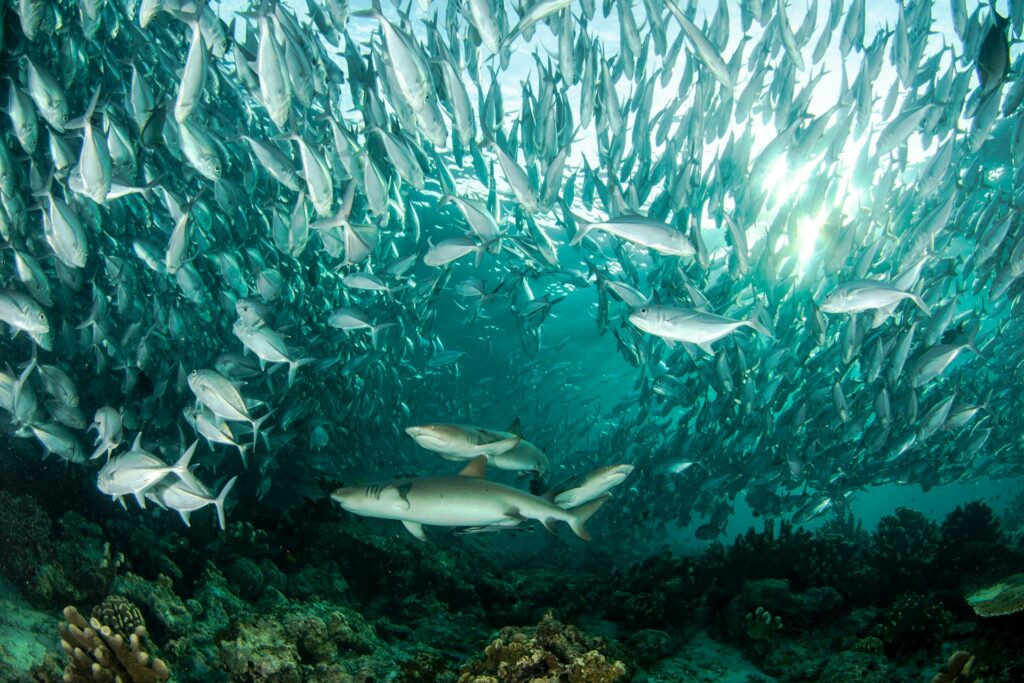
Globally, we’ve made progress—but we’re far from where we need to be. As of 2024, about 8% of the ocean falls under some form of protection. But only around 3% is fully protected from all industrial activity. That’s a long way from the international goal to protect 30% of the world’s land and ocean by 2030—a key target agreed under the Kunming-Montreal Global Biodiversity Framework, per UNEP.
Some countries have led the way with bold moves. The UK created the massive Pitcairn Islands MPA. The United States designated vast areas of the Pacific under the Pacific Remote Islands Marine National Monument. Chile and Palau have also rolled out large-scale MPAs. These efforts have shown what’s possible when political will and public support align.
However, the majority of these areas are still underfunded, inadequately managed, or too lenient to make a serious difference. In some cases, they’ve been announced for PR reasons without the infrastructure or will to enforce them. Illegal fishing continues to plague many regions, and political instability can roll back hard-won progress.
There are also gaps in how MPAs are distributed. Many are concentrated in offshore areas or near wealthier countries. Tropical coastal regions, which are biodiversity hotspots and more vulnerable to human pressure, remain underrepresented. Expanding protection to these areas will be crucial moving forward.
The rise of Indigenous-led marine conservation

Indigenous communities have managed coastal waters sustainably for generations. Now, many are stepping into leadership roles within marine conservation. From the Pacific Islands to the coast of British Columbia, Indigenous-led MPAs are combining traditional ecological knowledge with modern science to deliver some of the most effective conservation outcomes seen to date.
These locally driven efforts are more likely to respect cultural practices, deliver long-term community benefits, and enjoy grassroots support. They also challenge the idea that conservation needs to come from top-down policies. Instead, they show the power of empowering communities to steward their own marine environments.
For example, Canada’s First Nations have co-managed MPAs with federal agencies to protect kelp forests, spawning areas, and deep-sea coral beds. In the Solomon Islands and Vanuatu, customary marine tenure systems allow communities to close off areas to fishing seasonally, which has led to impressive recoveries of fish stocks.
What we can do to support MPAs
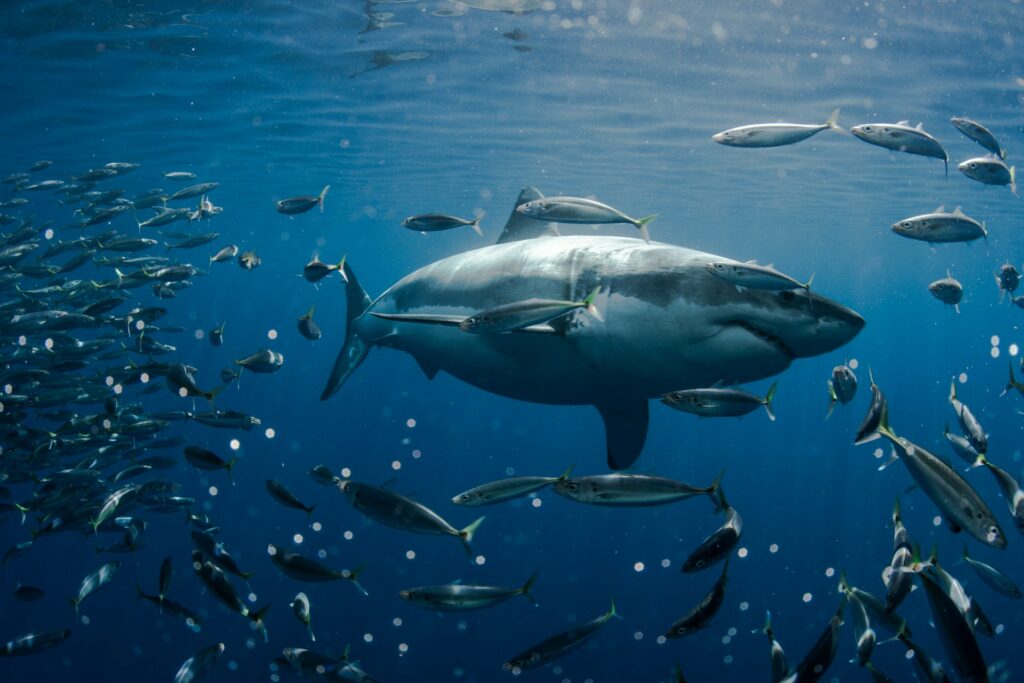
Tackling global ocean degradation requires high-level policy change, but individuals and communities can still play a part in helping these areas succeed. Here’s how:
Support conservation organisations: Groups like the Marine Conservation Society, Oceana, Blue Marine Foundation, and Sea Shepherd rely on donations, volunteers, and awareness to keep fighting for marine protection.
Choose sustainable seafood: Look for certified sustainable options (like MSC-labelled products) and avoid species that are overfished or caught using destructive methods.
Push for better policies: Sign petitions, write to your MP, and vote for leaders with strong environmental platforms. Public pressure can shape national priorities.
Cut down on single-use plastics: Much of the waste choking marine life comes from consumer plastics. Reducing your use and supporting bans on single-use items can help.
Educate and share: Talk about the importance of MPAs with friends and family. The more people understand what’s at stake, the stronger the collective demand for action.
Even landlocked communities can make a difference. What happens inland—such as plastic disposal, chemical run-off, or emissions—can still affect the health of the sea. Marine conservation isn’t just for coastal dwellers—it’s for everyone.
The ocean is vast, but it’s not limitless

Its ability to sustain life depends on us managing it wisely, and Marine Protected Areas are one of the most effective tools we have to make that happen. However, they’re not magic fixes. These areas must be backed by strong science, solid funding, local engagement, and meaningful enforcement.
With threats like climate change, overfishing, and biodiversity loss escalating, protecting marine ecosystems is no longer a luxury, it’s a necessity. Expanding the number and quality of MPAs is key to restoring ocean health, supporting coastal communities, and safeguarding global food systems.
Ultimately, protecting the ocean is protecting ourselves. It’s about ensuring that future generations inherit a planet where coral reefs still glow, whales still breach, and the seas still teem with life. MPAs won’t solve every problem, but they’re a powerful step in the right direction.